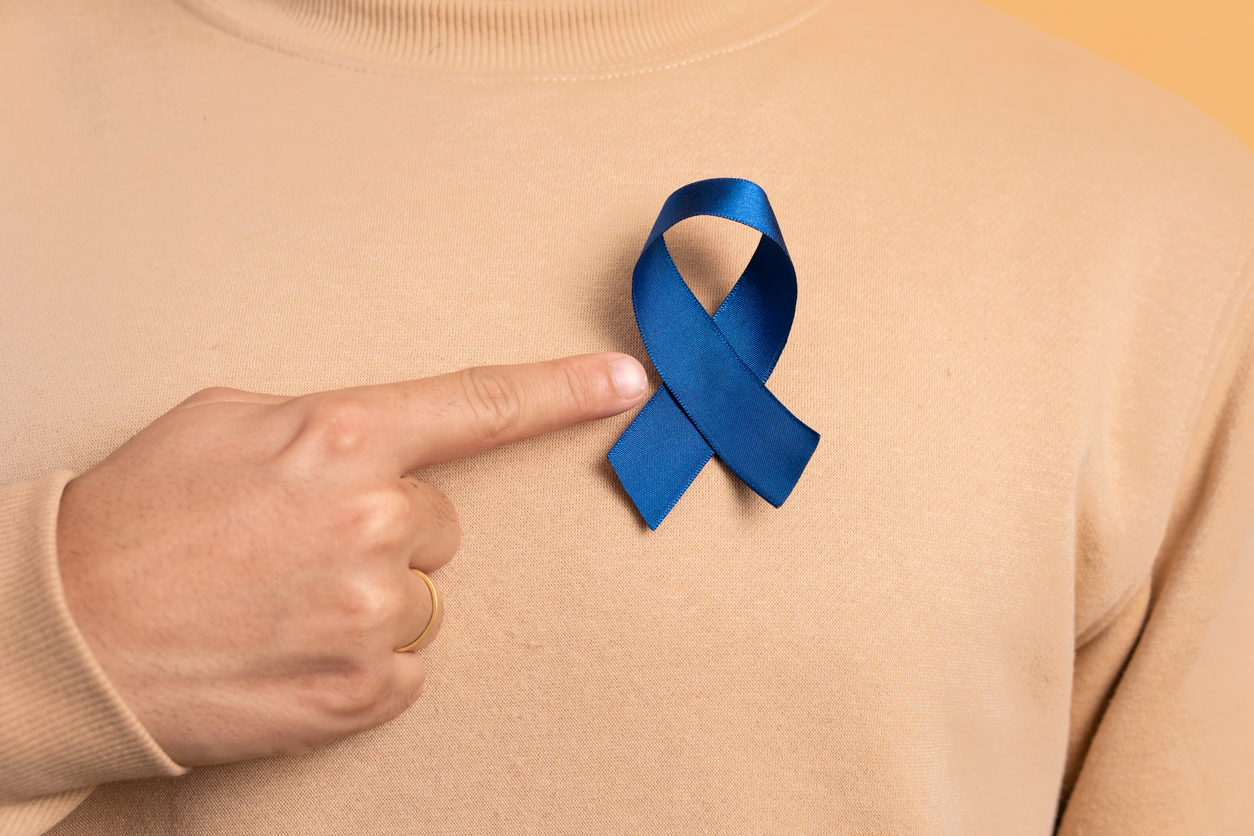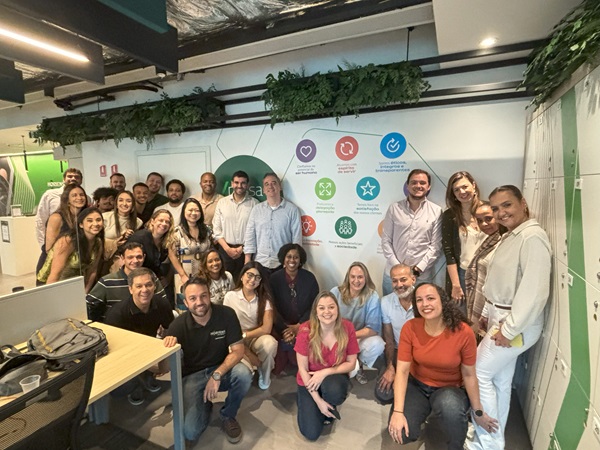Did you know that a good portion of the world’s cancer cases could be avoided by adopting healthy habits in everyday life?
The World Cancer Day, celebrated on February 4th, is a date that seeks to make people aware of the disease, ways of prevention, the importance of early diagnosis, and innovations that are collaborating to broaden the prospects of treatment and cure for cancer.
What increases a person’s risk of getting cancer?
Some environmental and genetic aspects, alone or in combination with each other, contribute to the possibility of a healthy person developing a disease.
Learn about risk factors for cancer:
Immutable risk factors
- Family inheritance: there are families with more predisposition to develop certain types of cancer. Having one or more relatives (especially first-degree relatives) who have already had the disease increases a person’s chances of developing it.
- Genetic mutations: these come from birth or are generated by everyday situations (for example, occupational exposure to some chemical elements or radiation) and may be related to the onset of some types of cancer.
- Age: some cancers are common among children, such as acute lymphoid leukemia, while others are more common in the elderly, as a result of a cumulative process of risk factors over a lifetime.
Changing risk factors
- Smoking: the habit of smoking not only cigarettes, but pipes, shisha, and any other tobacco products is one of the main preventable risk factors for several types of cancer.
- Excessive consumption of alcoholic beverages: the greater the quantity consumed throughout life, the greater the risk of developing the disease. Alcohol is mainly related to cancers of the liver, mouth, larynx, pharynx, stomach, colon, breast, esophagus, and kidney.
- Diet: a diet high in unsaturated fats, sugars, and other substances found in ultra-processed foods can trigger cancer and obesity, which is also a risk factor for complications of some tumors.
- Infectious diseases: some infectious agents such as viruses and bacteria are linked to types of cancer. The human papillomavirus (HPV), for example, is the cause of cervical cancer in women and cancer of the penis in men. HIV, on the other hand, can be responsible for the development of blood cancer, while the hepatitis B and C viruses can cause liver cancer.
- Medications: the excessive or continuous use of some medications is linked to the development of several types of cancer. Some female hormones present in contraceptives or in hormone replacement treatment during menopause can favor the appearance of breast cancer. Indiscriminate use of testosterone and other male hormones has also been linked to cases of liver cancer.
- Environmental contamination: air, soil, and water contaminated with toxic substances, such as gases, radiation, and chemical products, increase the risk of cancer developing in the region’s inhabitants.
What can you do to lower your risk of developing cancer?
- Not smoking and avoiding alcoholic beverages: these are among the main risk factors for the development of some of the most common cancers in the population.
- Eat healthily: invest in a balanced diet that includes all food groups – lean proteins, cereals, and vegetables – and avoid ultra-processed and fatty foods.
- Exercise: The WHO recommends at least 150 to 300 minutes of moderate to vigorous intensity exercise per week for all adults, including those living with chronic illness or disability, and about 60 minutes per day for children and adolescents.
- Regular follow-up with a doctor: Most cancers have no symptoms in the early stages, when the chances of cure are greatest. Some routine exams are, such as: pap smear – recommended every three years (or according to medical orientation) for women between 25 and 64 years old, who have already started sexual activity; Mammography – indicated annually for women over 40; Rectal examination – performed annually in men over 40 years of age; Colonoscopy – recommended for people over 40, according to medical orientation.
- Breastfeeding: the gesture of breastfeeding helps prevent breast cancer in mothers. It is recommended that breastfeeding be carried out until at least the first six months of the newborn’s life.
- Avoid excessive sun exposure: skin cancer is the most common cancer in the population, accounting for about 30% of the cases of the disease. This type of tumor is directly related to exposure to the sun’s ultraviolet rays and even tanning booths.
- Get vaccinated: You can prevent yourself from some of the infections that increase your risk of developing certain types of cancer. Examples are HPV: girls from 9 to 14 years old and boys from 11 to 14 years old can be vaccinated through SUS. In private clinics, girls and women from 9 to 45 years old and boys and men from 9 to 26 years old can be vaccinated. The vaccine protects against most of the types of viruses responsible for cervical cancer. And Hepatitis B: young people and adults can get vaccinated against the virus, which can cause complications in the liver, including cancer.
Prevent yourself: lead a healthy lifestyle and keep your periodic exams up to date!










